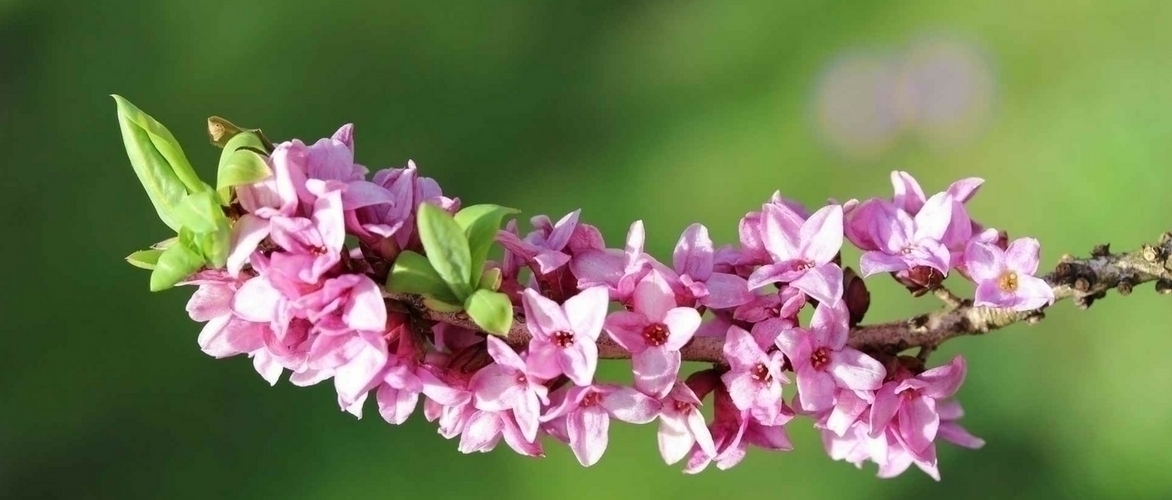
Daphne: how to care for it?
A bush with highly fragrant flowering.
Contents
The Daphne is a slow-growing but very hardy bush that is quite accommodating as long as its growing conditions are respected. There is no regular maintenance required, but certain precautions to ensure a bright future should be taken from the moment of planting.
Put it in good condition.
The Daphne should be planted in partial shade, as it prefers shaded areas where indirect sunlight is filtered by trees. A spot protected from spring frosts and cold winds is ideal.
Once well-rooted in light, rather neutral or slightly acidic soil that is rich in humus, cool, and well-drained, it requires little care. It fears only one thing: excess water.
Also, remember to protect it from winter frosts. Below -5°C, provide protection to keep the foliage healthy and enjoy its early flowering. Below -10°C, protection is imperative: the Daphne can be covered with a winter fleece. Water lightly at the end of the frost period; otherwise, it will die of thirst.
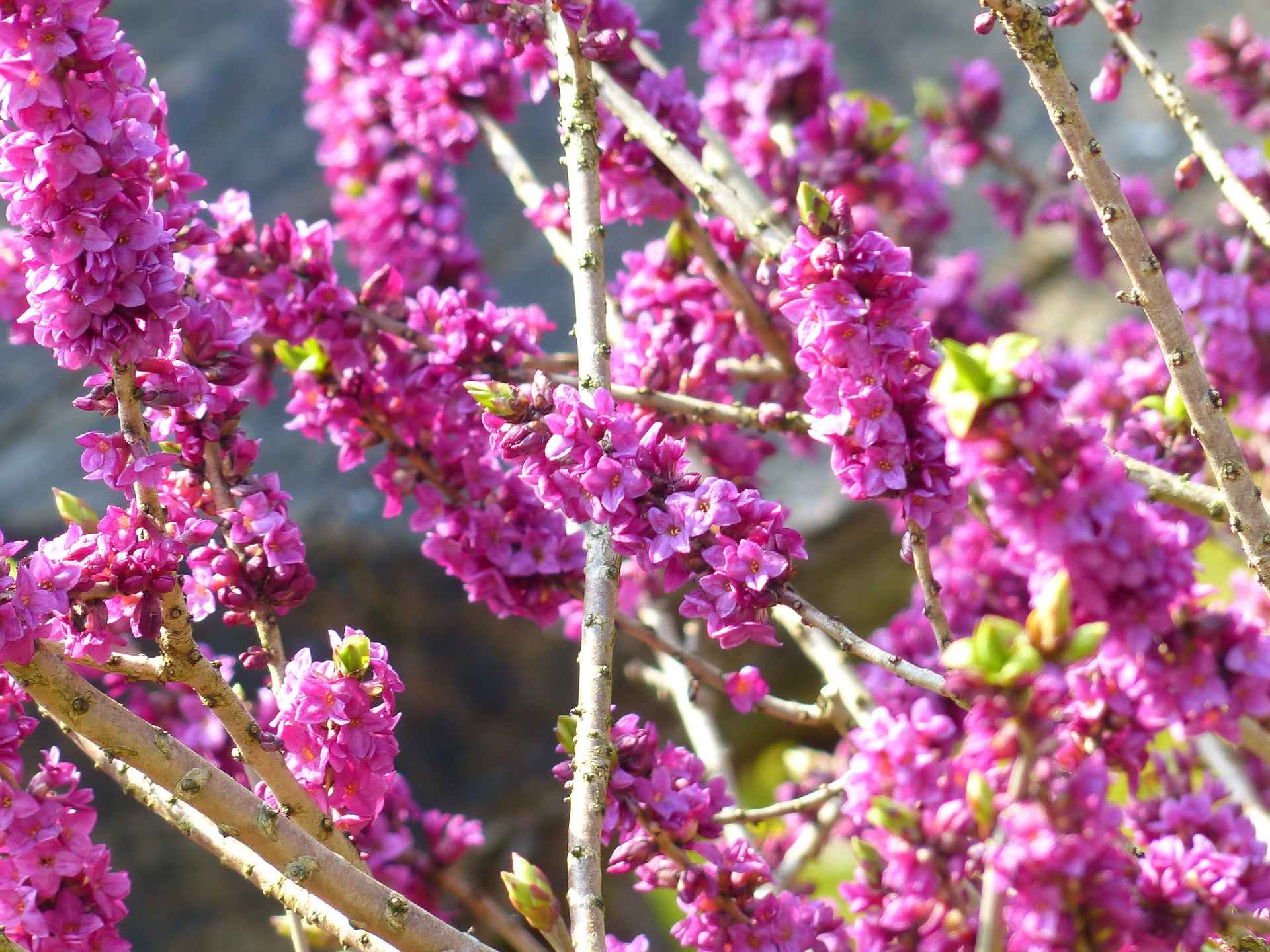
Read also
Daphne: planting, growing and careEnsure drainage
Daphne is sensitive to fungal diseases that thrive in heavy, compact, and damp soils. This is why the soil must be well-draining without being too dry in summer.
It is most often excess water that weakens its roots and promotes contamination of the plant by Phytophthora, a soil-borne fungus: this attack can kill Daphne suddenly and completely. It develops in conditions of persistent humidity, during overly frequent watering, and with temperature. A light or amended soil and good drainage are therefore essential: a layer of gravel about twenty centimetres deep at the bottom of the planting hole, supplemented with compost or heather soil and a bit of gravel.
Discover other Daphne
View all →Available in 0 sizes
Available in 2 sizes
Available in 1 sizes
Available in 1 sizes
Available in 1 sizes
Available in 1 sizes
Available in 3 sizes
Available in 1 sizes
Available in 2 sizes
Available in 1 sizes
Keep it cool in summer
It is essential to keep the roots of the Daphne cool in summer. All precautions to maintain freshness at its base are welcome. The benefits of mulching are numerous: nourishing the soil, keeping the soil cool, reducing watering, and decreasing the development of weeds… Perform mulching in late April to early May, when the soil is warmed up. This summer mulch will slow down the growth of weeds and the drying out of the soil.
Prefer maritime pine bark (which has an acidic pH) for this typical heather soil plant. Spread it in layers of about 5 cm, to be renewed each year. You can also plant small perennials (ferns, heathers) or bulbs to protect the base, preserve soil moisture, and limit watering. Water it in summer; the weather takes care of the rest of the year: generally, it prefers relatively dry soil.
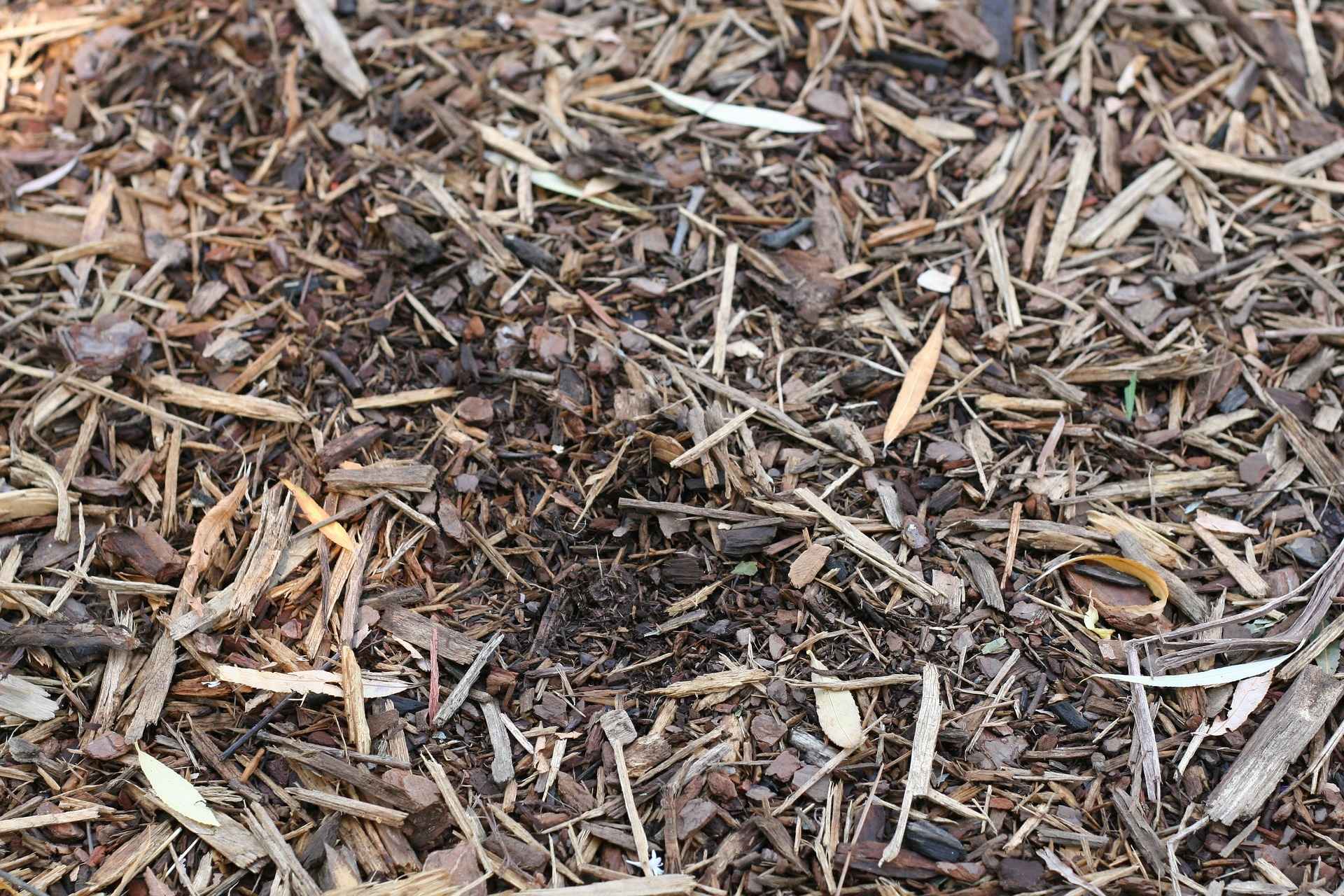
Read also
Choosing your Daphne: buyer's guideSkip the pruning.
With Daphne, pruning is unnecessary except for removing dead wood or limiting clutter. The plant naturally takes on a rounded and compact habit. Since the growth of Daphne is very slow, this will not be necessary in the first few years. Moreover, pruning is likely to harm it: this plant reacts poorly to drastic cuts, and many diseases can “take hold”.
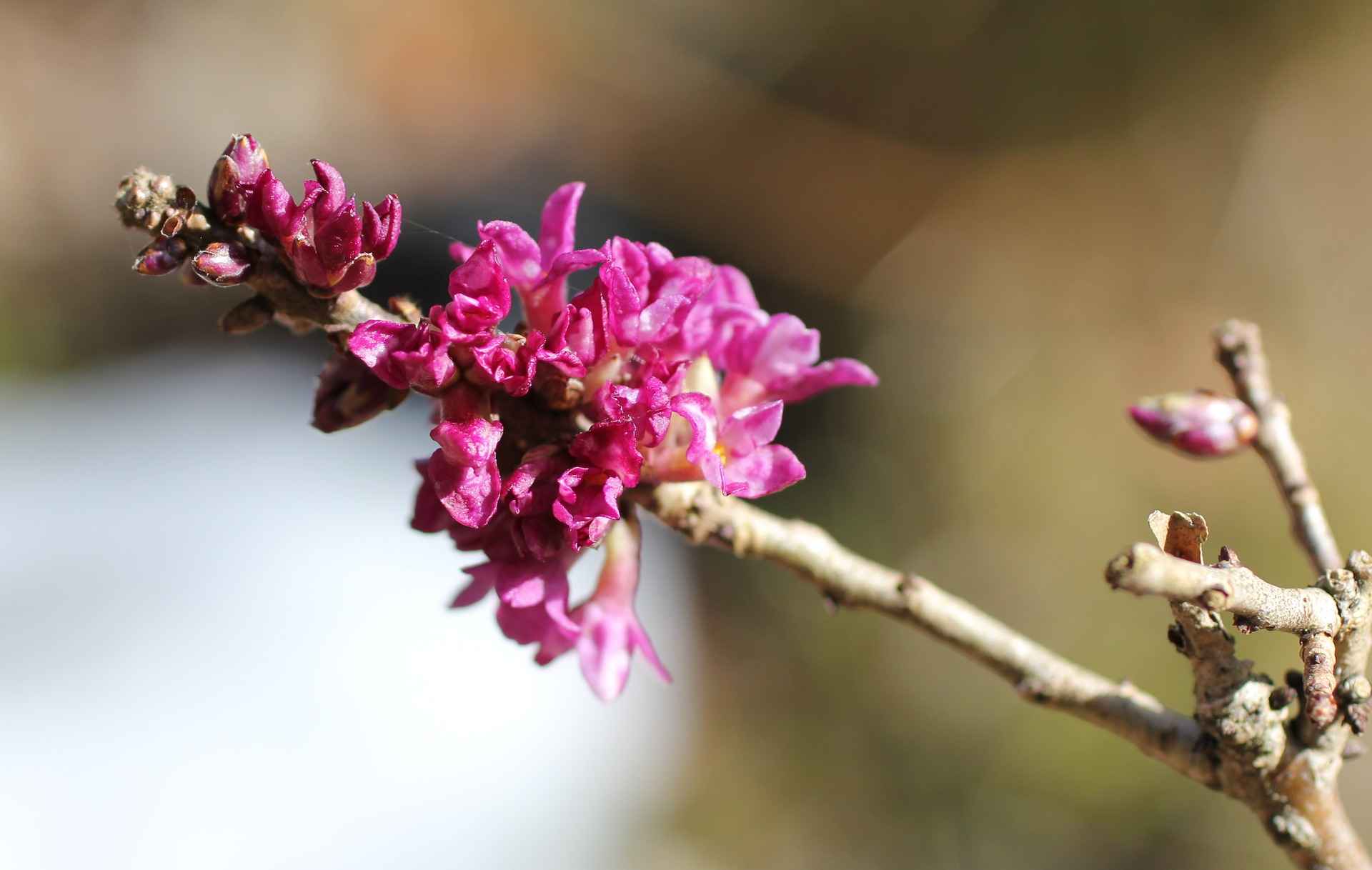
- Subscribe!
- Contents
































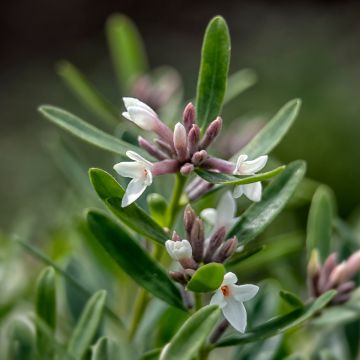
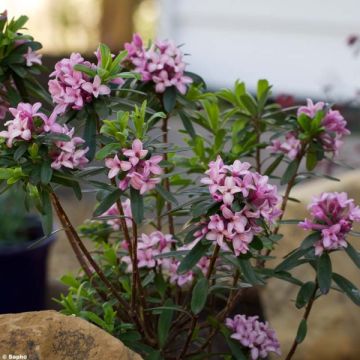
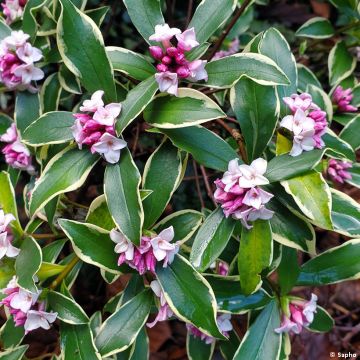
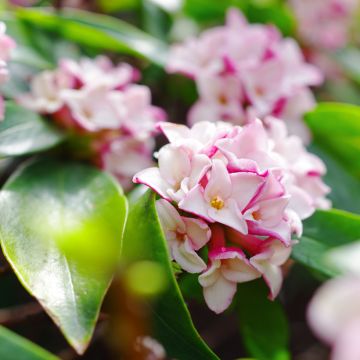
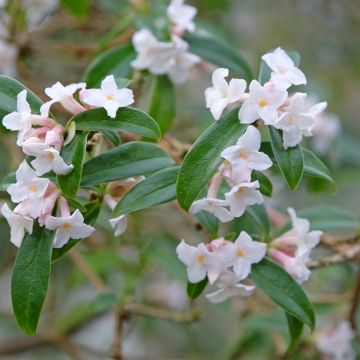
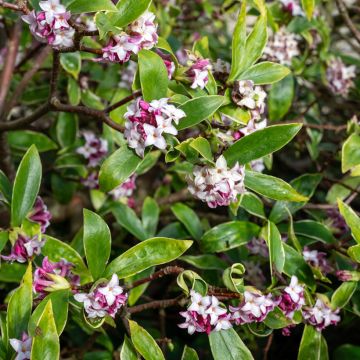

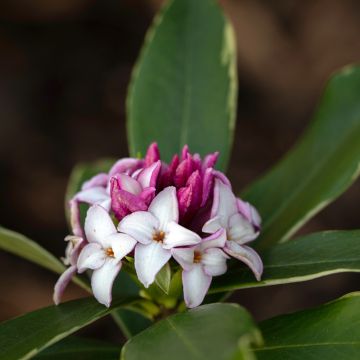
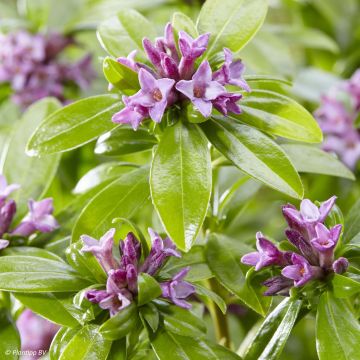
Comments